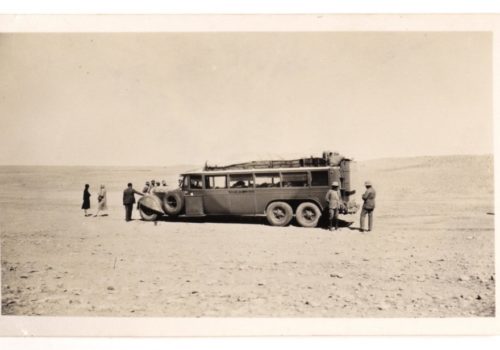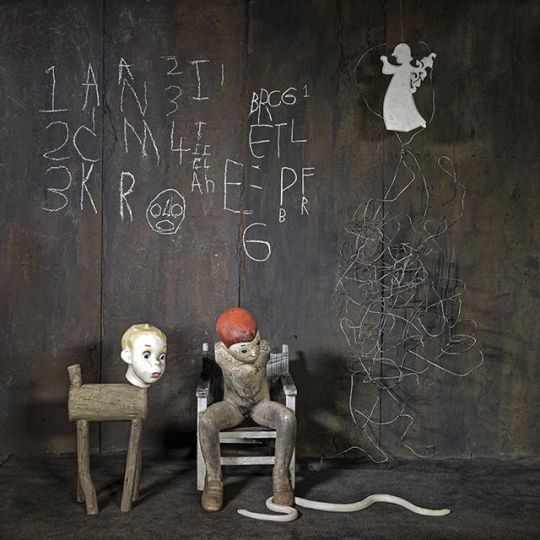“Tello est localisée en basse Mésopotamie”… (André Parrot, Fr)
Rapport d’André Parrot sur les campagnes de fouilles françaises (Note de lecture, Fr)
Telloh, Irak, 1930 Campaign, Sixteen vintage silver prints by Jean Lacan
Tello Portraits, Irak, 1930, Seven vintage silver prints by Jean Lacam
Alep, Baalbek, Syria, vintage silver prints by Jean Lacan or local photographers
Telloh was the first Sumerian site to be extensively excavated, at first under the French vice-consul at Basra, Ernest de Sarzec, from 1877 to 1900, followed by his successor Gaston Cros from 1903–1909. Excavations continued under Abbé Henri de Genouillac in 1929–1931 and under André Parrot in 1931–1933. It was at Girsu that the fragments of the Stele of the Vultures were found. The site had suffered from poor excavation standards (in 1877) and also from illégal excavations (allowing European Museums collections to grow). About 50,000 cuneiform tablets have been recovered from the site.
“Tello is located in lower Mesopotamia, longitude 46º East, latitude 31º North. These days, it’s about half way between Baghdad and the Persian Gulf, as the crow flies, and is on the plain between the Tigris and the Euphrates. Baghdad is about 260km to the north-west, Basra is about 190km to the south-east. The Euphrates flows about 55km in the south, the Tigris about 75km in the north-east, but a branch of the Tigris, after having left the river at Kut-el-Amara, goes down from the north-west to the south-east and passes some 5km to the west of the site of Tello. It is this that the maps call the Scatt-el-Haï, but near Tello the Arabs know it by the name of Shatt. It’s a kind of large canal, hollowed out naturally by the waters from the Tigris but finished by the hand of man in the last part of its course, towards the Euphrates, which it reaches at the time of the spring flood. The Shatt is in fact dry for a good part of the year but from February, with the arrival of the waters, it is no longer crossable except with a large sailing vessel.
The hills of Tello are roughly oval in shape, about 4km by three. In the spring their yellowish colour and their desert-like appearance makes for a striking contrast with the green of the surrounding plain, cultivated thanks to irrigation, facilitated by the multitude of small channels fed by the water from the Shatt. From the top of the hills, whichever way you turn, the view goes on for scores of kilometres…”
















